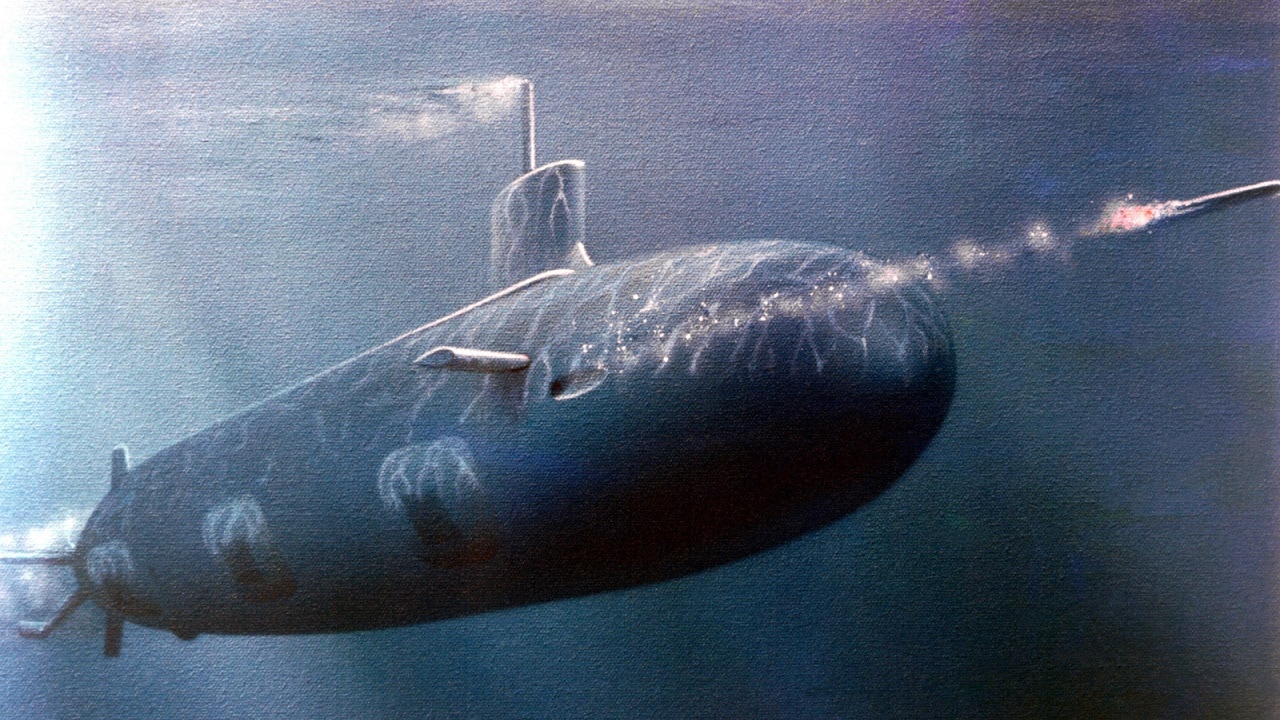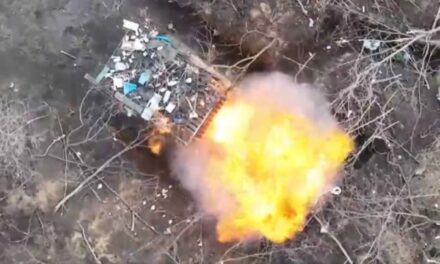We support our Publishers and Content Creators. You can view this story on their website by CLICKING HERE.
Key Points: The USS Connecticut, a $3 billion Seawolf-class nuclear-powered submarine, suffered a grounding incident in October 2021 while navigating the South China Sea.
-The mishap, attributed to outdated charts, poor navigation planning, and inadequate leadership, resulted in injuries to 11 sailors and extensive damage requiring $80 million in repairs.
-The Navy dismissed the submarine’s command team following a scathing investigation highlighting multiple preventable errors.
-The submarine remains under repair at Puget Sound Naval Shipyard and is not expected to return to service until 2026.
-This incident underscores the critical need for stringent navigation protocols and well-rested crews in high-stakes operational environments.
$3 Billion Submarine Out of Action: Lessons from the USS Connecticut Incident
In October 2021, the USS Connecticut had a mishap that sent the Navy’s brass into a tizzy.
The $3 billion submarine, a jewel of the fleet, was grounded when it hit an underwater mountain.
The nuclear-powered Seawolf-class boat is known for its speed, stealthiness, and high-tech gadgetry.
The grounding incident happened in the South China Sea and must have been a shock to the commander and sailors onboard.
This Was a Dangerous Streak of Bad Luck
The location of the incident wasn’t charted well, and the sub was going full-speed toward Okinawa.
However, the captain should have been more aware of the surroundings, even if the charts had not been updated on the latest sea conditions and obstacles. Eleven sailors received minor injuries during the crash.
Fortunately, the nuclear reactor was not damaged. The sub had to limp back 1,800 miles to Guam on its power.
Time to Rid the Boat of Its Command Team
The Navy quickly cleaned house and fired the commander and his senior staff.
Commander Cameron Aljilani was relieved, as were the executive officer, Lt. Commander Patrick Cashin, and the chief of the boat, Master Chief Sonar Technician Cory Rodgers.
CNN said the Navy high command was incensed. Vice Admiral Karl Thomas, then commander of the 7th Fleet, revealed that “sound judgment, prudent decision-making and adherence to required procedures in navigation planning, watch team execution and risk management could have prevented the incident,” according to a statement about the firings of the sub’s leadership.
Image: U.S. Navy.
Navigating Those Waters Is Tricky
U.S. submarines typically use GPS at periscope depth, but in the deep sea, that satellite navigation feature is often unavailable.
That’s when boats rely on compasses and charts. The charts may not be updated as much as the Navy would like – especially in waters in the South China Sea, which are loaded with features that may not be precisely identified. An estimated “80 percent of the Earth’s seafloor is unmapped,” according to CNN.
Investigation Found Many Errors
The Navy released a report on what happened in May 2022. Rear Admiral Christopher Cavanaugh conducted the investigation, and he pulled no punches.
“No single action or inaction caused this mishap, but it was preventable. It resulted from an accumulation of errors and omissions in navigation planning, watch team execution, and risk management, Cavanaugh wrote. “Prudent decision-making and adherence to standards in any one of these three areas could have prevented the grounding.”
The Navy also determined that it may have pushed Connecticut too hard. The boat remained at sea 67 percent of the time during Aljilani’s command. The crew may have been tired and overworked when patrolling during the incident. Also, the commander thought that he was operating in an open ocean environment. But the Navy didn’t think those were good enough excuses.
Better Communication Was Needed
The other troubling thing was an alleged lack of communication between the crew and the commander. Cavanaugh said sailors warned the commander about the likelihood of striking an underwater hazard, but the boat plowed ahead until it met its fate.
Luckily, no one was killed, and the sub was able to travel to Guam for repairs under its own power.
The bad news is that extensive refurbishment work was required at an expense of $80 million. The damage to the bow area was awful. The boat is still being worked at Puget Sound Naval Shipyard in Bremerton, Washington. It won’t be ready for action until 2026.

An artist’s concept of the nuclear-powered submarine SEAWOLF (SSN-21).
This accident shows you that even the most elite sailors in the world can make mistakes that result in catastrophe. Nobody wants to lose a $3 billion submarine. There were a cascading number of factors that caused the incident. The crew and commander thought it was doing the right thing, but they made flawed decisions that cost the higher-ups their jobs. Sailors who work on U.S. submarines are the best in the world. They undergo long months, even years, of initial training plus numerous professional development schools.
The job is dangerous and critical for the defense of the nation. The USS Connecticut should be seen as a cautionary tale that is assuredly being taught at the U.S. Naval Academy and various undersea warfare training centers. The mistakes can’t be repeated because the South China Sea is where a future conflict could arise with China. The U.S. Navy needs all of the boats it can muster, and failure due to accidents that put a fantastic submarine out of action for years cannot happen again.
About the Author
Brent M. Eastwood, PhD, is the author of Don’t Turn Your Back On the World: a Conservative Foreign Policy and Humans, Machines, and Data: Future Trends in Warfare, plus two other books. Brent was the founder and CEO of a tech firm that predicted world events using artificial intelligence. He served as a legislative fellow for U.S. Senator Tim Scott and advised the senator on defense and foreign policy issues. He has taught at American University, George Washington University, and George Mason University. Brent is a former U.S. Army Infantry officer. He can be followed on X @BMEastwood.

 Conservative
Conservative  Search
Search Trending
Trending Current News
Current News 




